Name Tony Tuckson | Role Artist | |
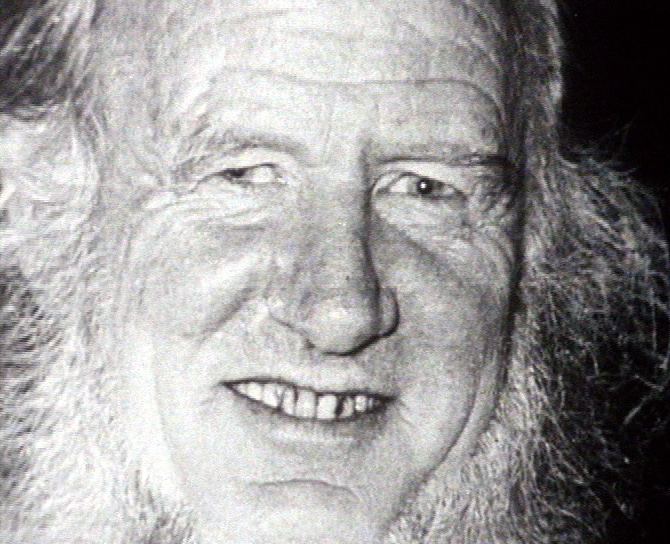 | ||
Artwork Abstract On Hardboard No.2 Education Gresham's School, National Art School | ||
66 43103 tony tuckson white over red on blue c 1971
John Anthony Tuckson (18 January 1921 at Port Said, Egypt – 24 November 1973 at Wahroonga, Australia), was an Abstract Expressionist artist, an art gallery director and previously a war-time Spitfire pilot. He died of cancer.
Contents
- 66 43103 tony tuckson white over red on blue c 1971
- 65 25033 tony tuckson watery c 1960
- Education
- Service career
- Administrator
- Work and exhibitions
- Family
- References
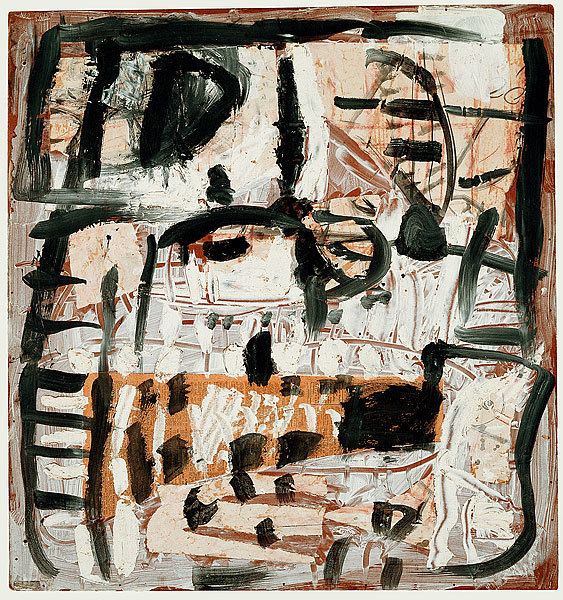
65 25033 tony tuckson watery c 1960
Education
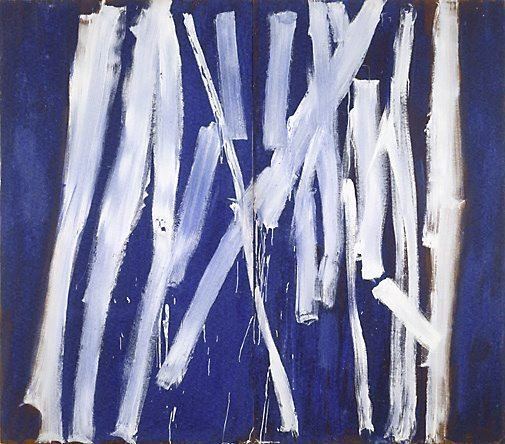
The second child of William Tuckson, a Suez Canal pilot and amateur artist, and his wife Eléonore, née Pegler, Tuckson was educated in England at Gresham's School, Holt, Norfolk, Christ's College, Finchley, London, the Hornsey School of Art, London, and the Kingston School of Art.
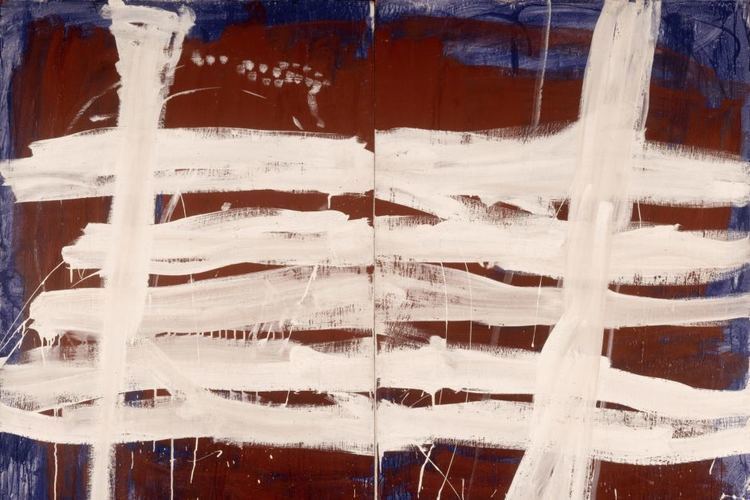
After the Second World War, he studied in Australia at the East Sydney Technical College for three years, graduating in December 1949.
Service career
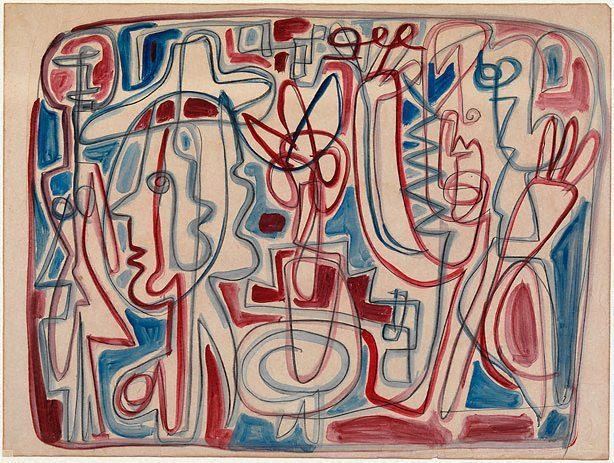
Tuckson served in the Royal Air Force from 10 June 1940 until 10 August 1946, training as a pilot at Edmonton, Canada. He then flew Spitfires over Britain and Europe, in 1941 was commissioned, and in August 1942 was sent to Darwin, Australia, where he saw action against the Japanese.
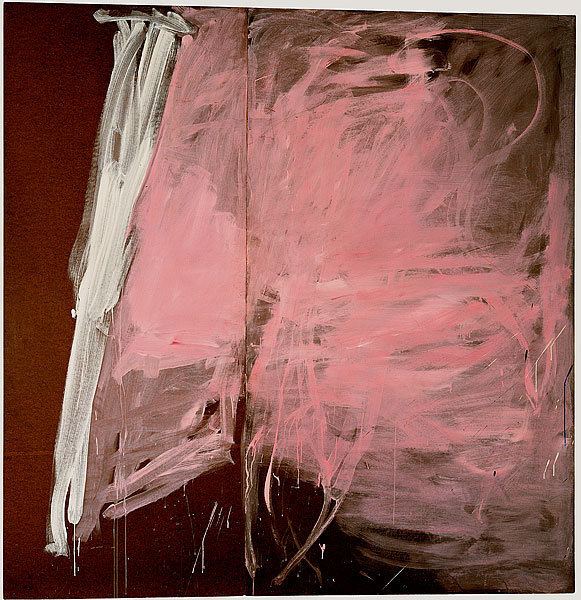
He was later a flying instructor in Wirraway aircraft and was demobilized from the RAF with the rank of flight lieutenant on 10 August 1946 in Sydney.
Administrator
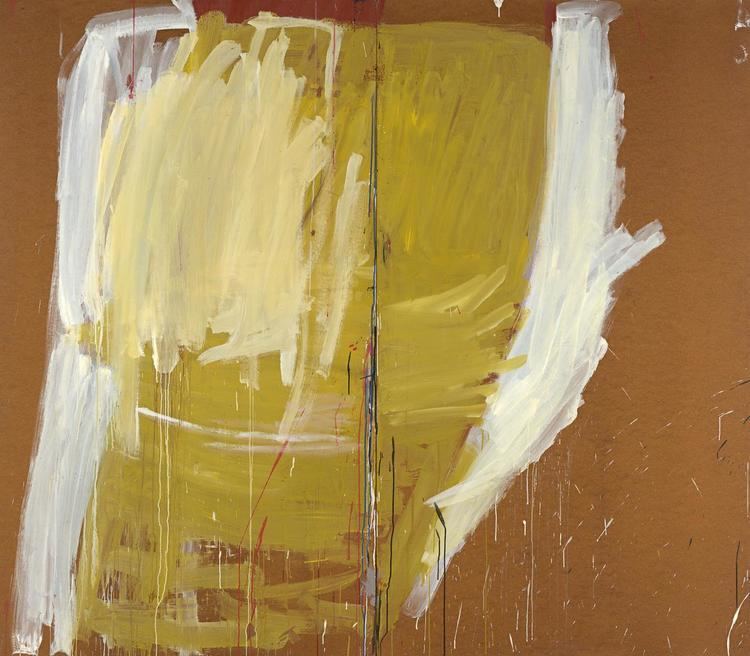
Tuckson was appointed assistant director of the Art Gallery of New South Wales in October 1950, and deputy director in 1957. He visited Melville Island and Arnhem Land to collect work for the National Art Gallery. He mounted a touring exhibition of Aboriginal bark paintings, carvings, and other work, resulting in Berndt's book Australian Aboriginal Art (1964), and the major Melanesian Art exhibition in 1966. The nineteenth-century gallery was redesigned, largely Tuckson's achievement, as The Art Gallery of New South Wales (1972).
Work and exhibitions
Tuckson admired the work of Picasso, Matisse, Klee and Cézanne, and in 1949 was greatly influenced by R. M. Berndt's collection of Aboriginal art from Arnhem Land.
He began exhibiting his own paintings with the Society of Artists and the Contemporary Art Society of Australia, but between 1954 and 1962, he exhibited only nine paintings.
Until 1958 he was a School of Paris painter of figures, heads, still lifes and interiors. However, his later paintings were abstracts, and he was quickly recognized as one of Australia's few superlative abstract expressionists. His work has been compared favourably with that of Jackson Pollock.
His first solo exhibition was at Watters Gallery in 1972, presenting 64 paintings, most from the period 1958 to 1965. A further exhibition of 22 new works took place in 1973. The Association of Galleries of New South Wales held a memorial exhibition of his work in 1976, an exhibition with the title Tuckson: Themes and Variations was mounted by Terence Maloon in Melbourne in 1989, and several of his paintings are now on permanent display at the National Gallery of Australia.
Family
Tuckson married Dorothea Margaret Bisset (now Margaret Tuckson), a former design student, in Turramurra, Sydney, in 1943. They had one son. Both his wife and his son have appeared in some of his paintings.
